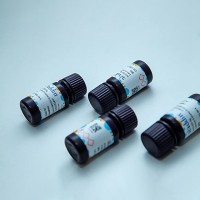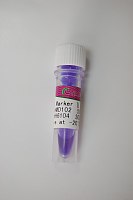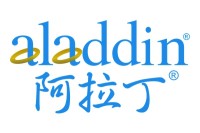Isopycnic Centrifugation of DNA: Extraction and Fractionation of Melon Satellite DNA by Buoyant Density Centrifugation in Cesium Chloride Gradients
互联网
907
In order to study the organization and properties of DNA, it is necessary to extract it from cells and purify it from the proteins with which it is usually associated. Cells of plants and animals contain from 1 to 100 pg of DNA per nucleus. This does not sound like a lot until one realizes that is represents 100–10,000 times as much DNA as in an Escherichia coli chromosome. When faced with such vast complexity, it is obviously an advantage if the DNA can be separated into a number of more homogeneous fractions, thus simplifying genome analysis. One method of doing this is to exploit the density differences between various gene sequences by centrifuging the DNA in solutions of cesium salts, either alone or in the presence of various heavy metal ions, DNA-binding dyes, or antibiotics that modify density. When solutions of CsCl are centrifuged at sufficient speed, a concentration gradient is formed so that the solution at the bottom of the centrifuge tube is denser than that at the top. Under appropriate conditions, i.e., when the density range in the gradient corresponds to that of DNA, different gene sequences occupy different positions corresponding to their own density.









